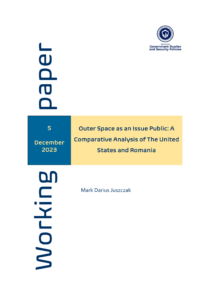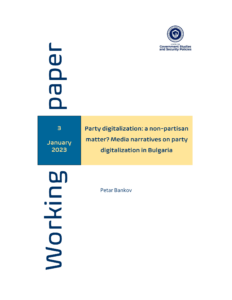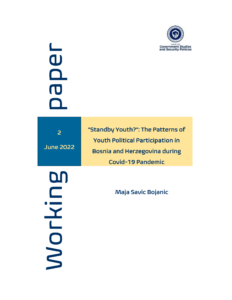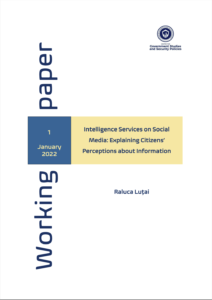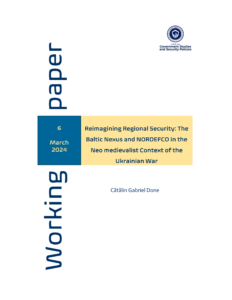
Cătălin Gabriel Done, “Reimagining Regional Security: the Baltic Nexus and NORDEFCO in the Neo Medievalist Context of the Ukrainian War”, Working Paper 6/2023, pp. 1-21
This paper explores the reimagining of regional security in the Baltic region within thecontext of the Ukrainian war, utilizing a neo medievalist framework. Focusing on the BalticNexus and the Nordic Defense Cooperation (NORDEFCO), it examines how these regionalsecurity initiatives contribute to broader European security dynamics amidst the ongoingconflict in Ukraine. By analyzing the principles of neo medievalism and their application toregional cooperation, the paper sheds light on the evolving nature of security architecturesin response to contemporary geopolitical challenges. Through case studies and empiricalanalysis, it seeks to elucidate the implications of the Baltic Nexus and NORDEFCO forEuropean security, highlighting their role in fostering resilience and cooperation in the faceof external threats.

